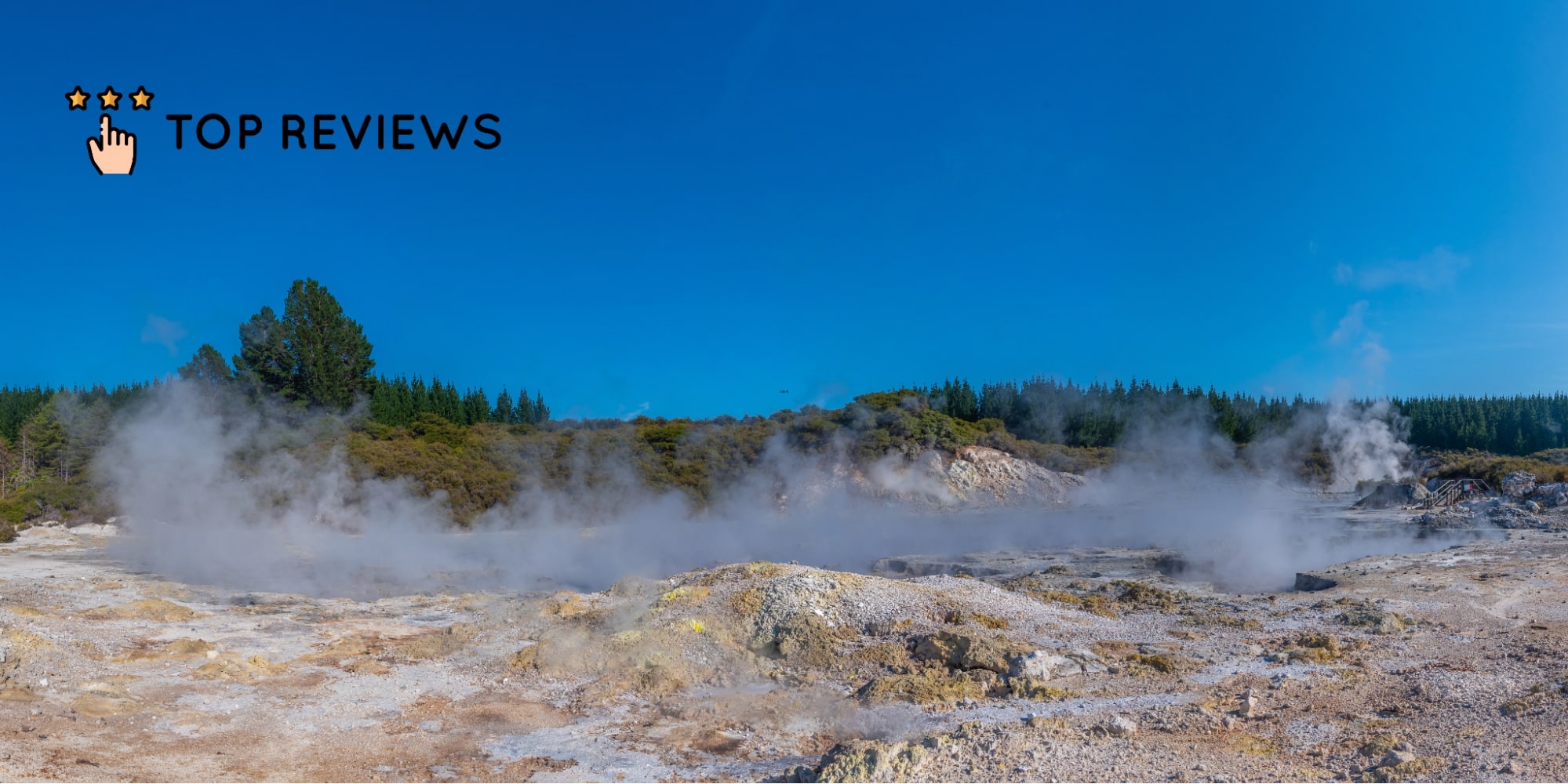Answered: Why is Rotorua called Hells Gate?
Ever heard Rotorua being dubbed “Hell’s Gate” and found yourself pondering the fascinating origins of this moniker? No, it’s not because someone literally found their way into the supposed infernal realms through here and came back to tell the tale!
If you want to know the real reason, read on – we’ll peel back the layers of history and legend to reveal the stories behind this captivating name.
Why is Rotorua called “Hell’s Gate?”
Rotorua is called Hell’s Gate because of its geothermal activity. The area is home to bubbling mud pools, geysers, and steam vents, which create a landscape that is both awe-inspiring and otherworldly.
The geological features here have an uncanny resemblance to scenes one might imagine in the depths of the underworld.
The intense heat, bubbling mud, and sulfurous aroma combine to create an ambience that feels straight out of a supernatural tale.
The Origin of The Moniker “Hell’s Gate”
To truly appreciate the story behind the name, one must turn back the pages of history to the early 20th century.
It was during this time that the renowned Irish playwright and critic, George Bernard Shaw, visited Rotorua.
Struck by the ethereal landscape and the earth’s mysterious whispers, Shaw declared that Rotorua was “Hell’s Gate.”
His words, inspired by the extraordinary geothermal phenomena, quickly gained traction, and the name stuck.
Today, George Bernard Shaw’s encounter with this geothermal wonderland lives on as a testament to the captivating allure of Rotorua.
Different Theories About How Rotorua Came To Be Known As Hell’s Gate
While George Bernard Shaw’s encounter is the most well-known account, there are other theories surrounding the origins of Rotorua’s intriguing name.
Māori Legends
Some locals believe that Rotorua got the name “Hell’s Gate” because of ancient Māori stories.
In these stories, they believed that the hot, bubbling springs were like a magical door to the spirit world. They thought Hell’s Gate was the doorway to Te Pō, the Māori underworld.
This underworld was a scary place where spirits went after they died. It was full of darkness and danger, and only the bravest and most skilled warriors were thought to be able to go there safely.
So, they named the place “Hell’s Gate” because it seemed like a mysterious gateway to another, dangerous world.
European Settlers’ Influence
Another theory regarding the origin of the name “Hell’s Gate” attributes it to the early European settlers who arrived in Rotorua during the 19th century. These newcomers were immediately struck by the surreal landscape of geothermal wonders that surrounded them.
As they gazed upon the bubbling mud pools and steam vents, the striking resemblance to descriptions of the fiery realms of Christian theology, often associated with the concept of Hell, left an indelible impression on them.
These settlers decided to immortalise their awe in the name they chose. Thus, the term “Hell’s Gate” was coined to encapsulate the essence of Rotorua’s geothermal wonders, a name that persists to this day.
In fact, the geothermal park itself would later adopt this name, paying homage to the enduring influence of early European settlers on the region’s identity.
Cultural Significance Today
Today, Hell’s Gate is not just a name: it’s a symbol of Rotorua’s unique blend of natural wonders and cultural heritage.
For Māori people, it is a reminder of their ancestors and the importance of the geothermal landscape in their culture.
For others, it is a place where they can learn about the unique natural wonders of New Zealand. Visitors can witness the cultural significance of Hell’s Gate through traditional Māori rituals and performances that pay homage to the land’s ancient stories.
Furthermore, Rotorua’s tourism industry has embraced Hell’s Gate Geothermal Park as a must-see attraction. This park offers educational tours that highlight both the geological marvels and the cultural heritage of the region.
The geothermal pools and mud baths within the park are not only therapeutic but also provide a window into the geological forces that have shaped New Zealand’s landscape.



